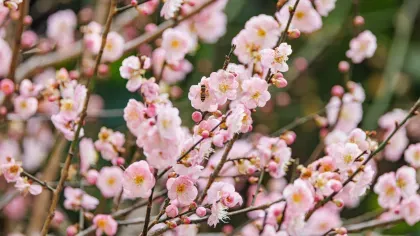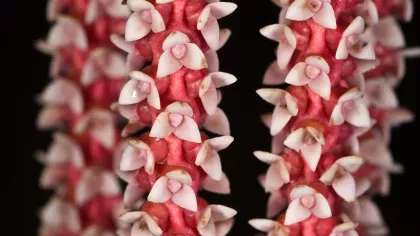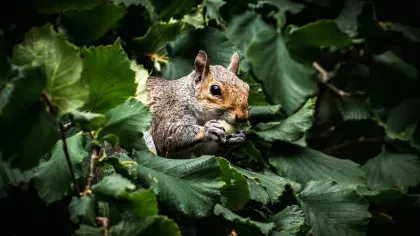17 December 2020
Things you didn't know about Christmas food
From Brussels sprouts to traditional Christmas spices, find out the hidden stories of these festive favourites.

Are chestnuts your top winter snack? Or are you all about the mince pies?
From festive spices to winter vegetables, find out some fun facts behind popular Christmas foods.
Parsnips
Parsnips are a staple winter root veg in the UK, and are a firm favourite in our Christmas dinner.
Cultivated since ancient times for their large roots, they are part of the Apiaceae family and are closely related to carrots.
Parsnips we see in the shops at this time of year started their journey way back in spring, as they are best planted in April or May once the soil has warmed up.
Did you know?
- They taste best in winter which is why they are such a must-have on the Christmas plate.
- Once they go through frosty weather, they become sweeter. This is because stored starches in the parsnip are released and broken down, which is a handy survival mechanism. The released sugars protect the plants' cells and make them less likely to freeze.
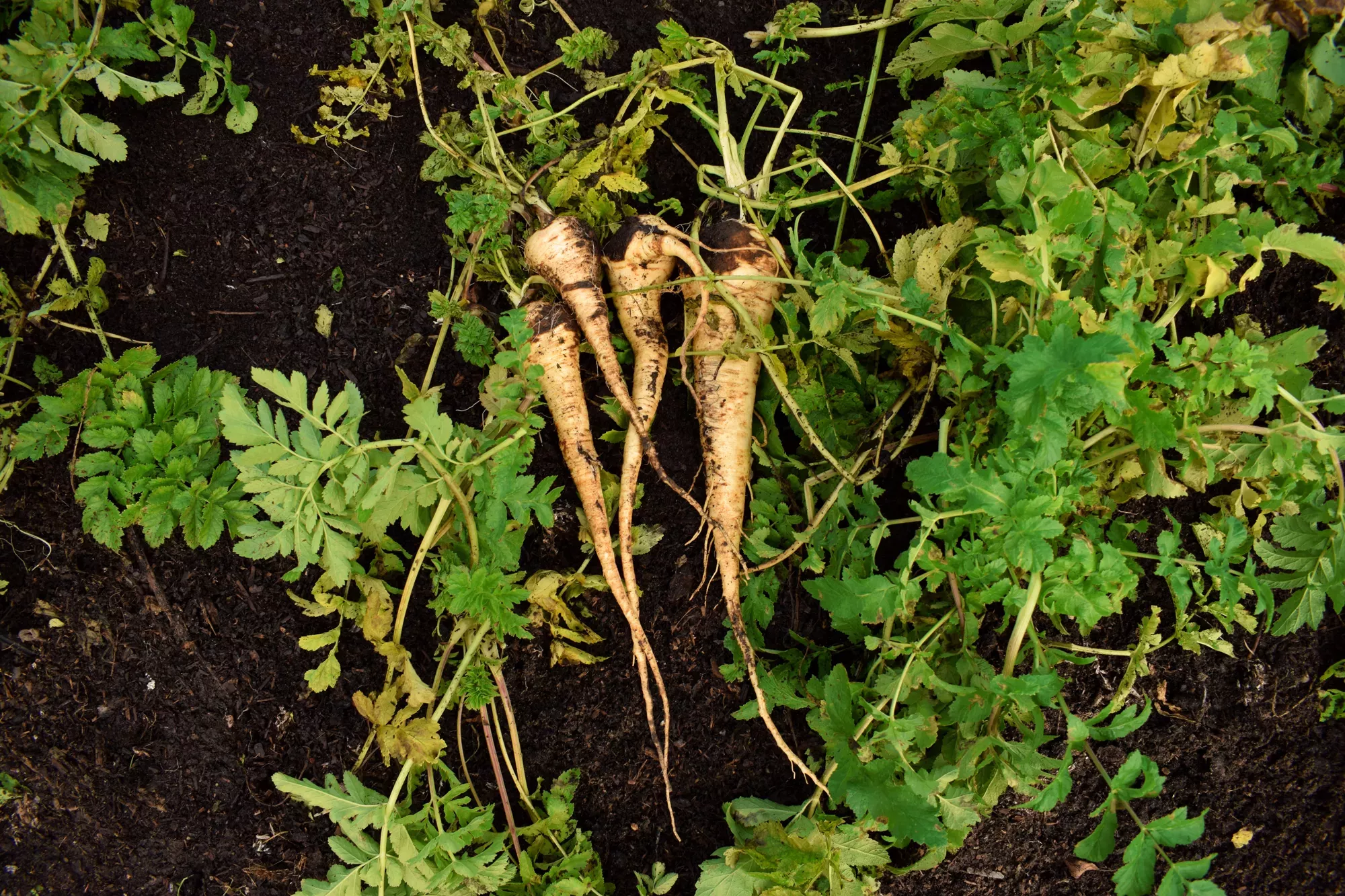
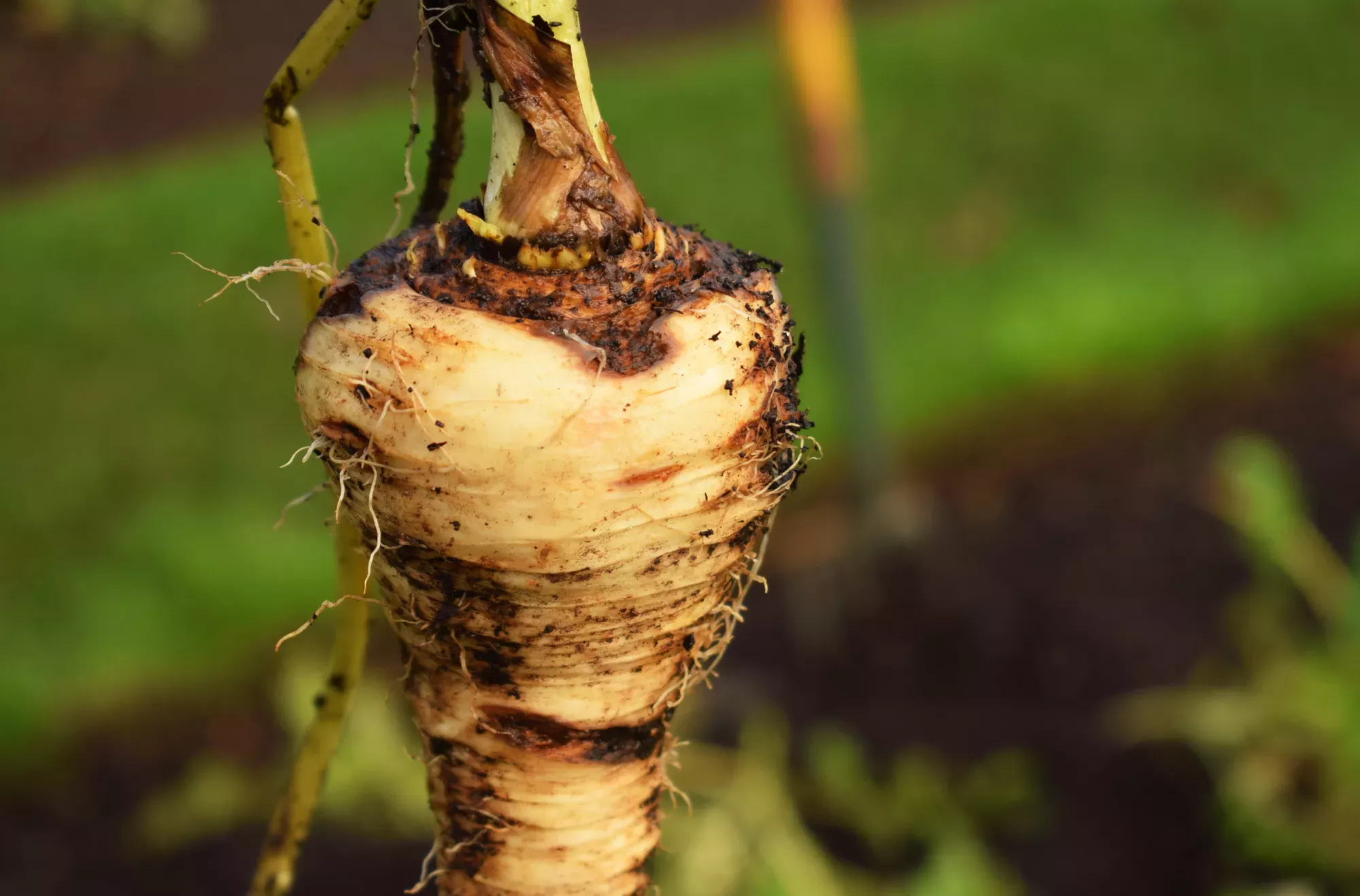
Brussels sprouts
Love them or loathe them, the British eat more sprouts than any other European country.
From the family Brassicaceae, the same family as cabbage, they are widely grown in Europe and North America.
Although they look like tiny cabbages, they grow in a different way. Cabbages grow directly from the ground, whereas Brussels sprouts are the edible buds that grow from a thick stalk.
Did you know?
- Originally grown in ancient Rome, sprouts were first recorded in the Brussels region of Belgium (which is where they got their name from).
- The largest recorded Brussels sprout weighed an incredible 8.3kg.
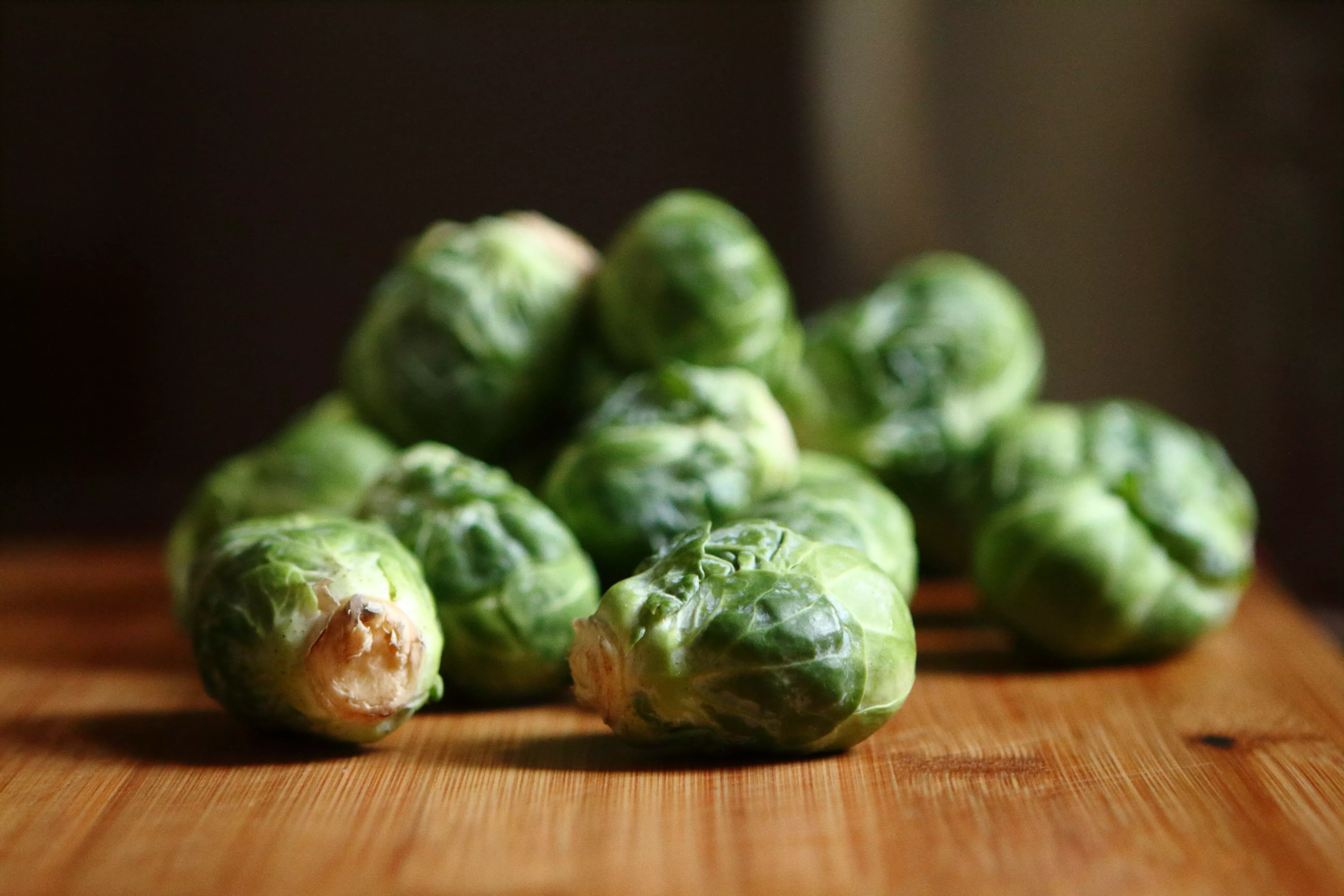
Christmas spices
Warming spice mixes are a staple of sweet treats around Christmas time. From Christmas puddings to gingerbread men, we can't get enough of them.
A spice blend called mixed spice is a common ingredient in mince pies and Christmas cakes. It's a combination of a number of spices including cinnamon, ginger, cloves and nutmeg.
Cinnamon comes from the inner bark of an evergreen tropical tree. Cinnamomum verum is the most widely used tree for commercial cinnamon and is native to Sri Lanka.
Ginger is another spice popular at Christmas, which comes from the stem of the ginger plant. The fresh root is a signature ingredient in Asian dishes, and the dried, powdered root is what is typically used in European cooking.


Potatoes
A pile of hot roast potatoes is a common sight at Christmas dinner.
Potatoes are tubers, which are the storage organs of a plant. Plants use them to store nutrients and water, to help them regrow next season.
Potatoes first arrived in Europe in the 1560s, but were treated with suspicion at first as their flowers looked similar to the poisonous flowers of the night shade (Atropa belladonna).
They gained popularity during the Industrial Revolution in 19th Century, as they were a cheap source of calories and nutrients.
Did you know?
- Potatoes have long been grown at Kew and in 1918 the Palace Lawn was ploughed to plant potatoes, harvesting 27 tonnes in August 1918 to help the war effort.
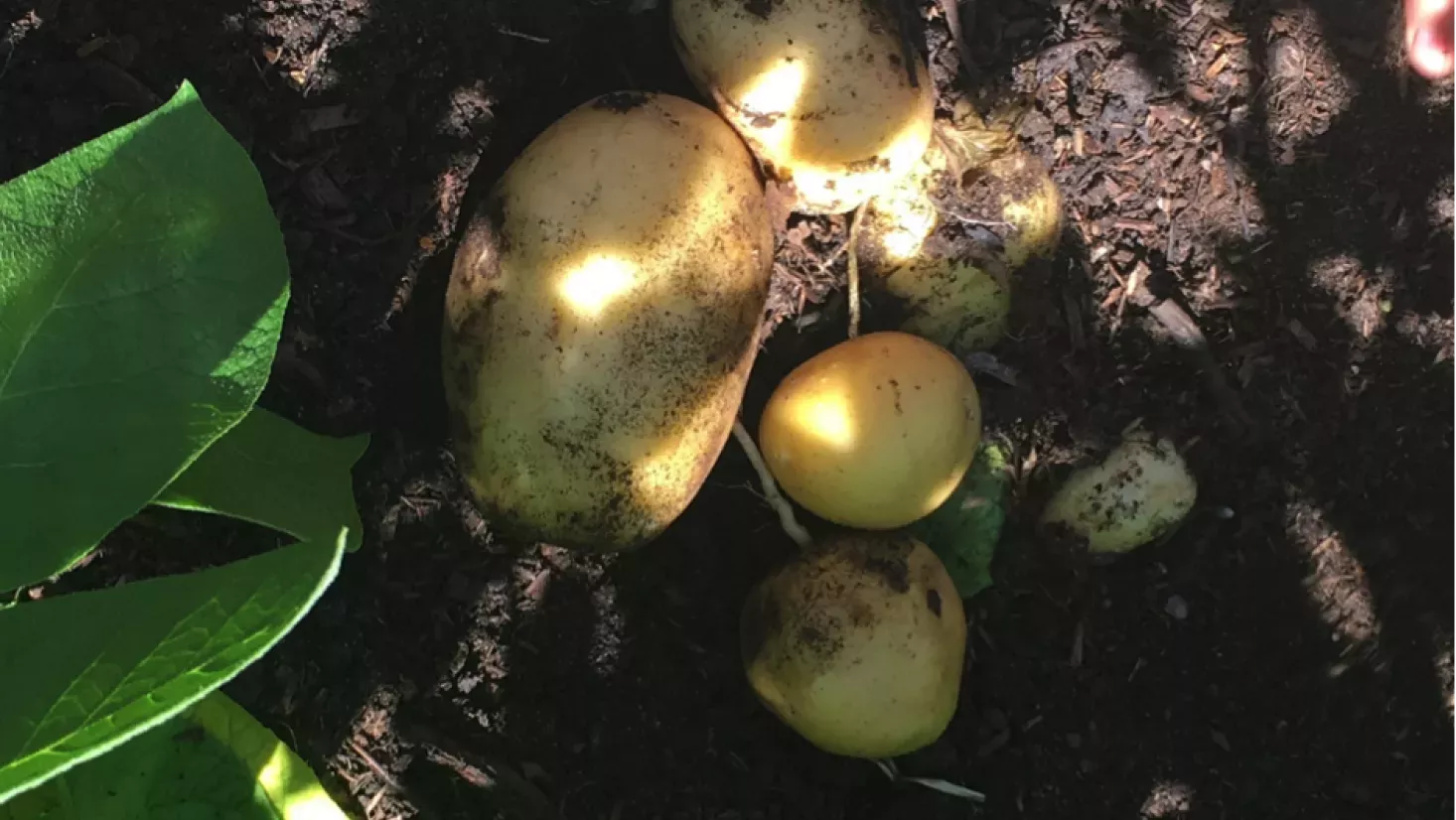
Chestnuts
"Chestnuts roasting on an open fire..." is the well known opening line of Nat King Cole's The Christmas Song.
Long associated with the festive season, chestnuts are a sweet-tasting nut that come from the sweet chestnut tree (Castanea sativa). These incredible trees can live up to 700 years and reach 35m tall.
The nuts that we eat aren't technically nuts. They are the fruits of the tree which grow in green spiky shells.
Chestnuts can be cooked and eaten as a snack. They're also used in stuffing, cakes, and nut roasts, and can be ground into flour. They pack a healthy dose of Vitamin C and B and are full of fiber.
Did you know?
- Chestnuts were popular with the Romans and were an important part of their diet. They often ground them into flour to make bread.
- Chestnuts grow well in Central Italy and became an important food source in regions where it was hard to grow grain.
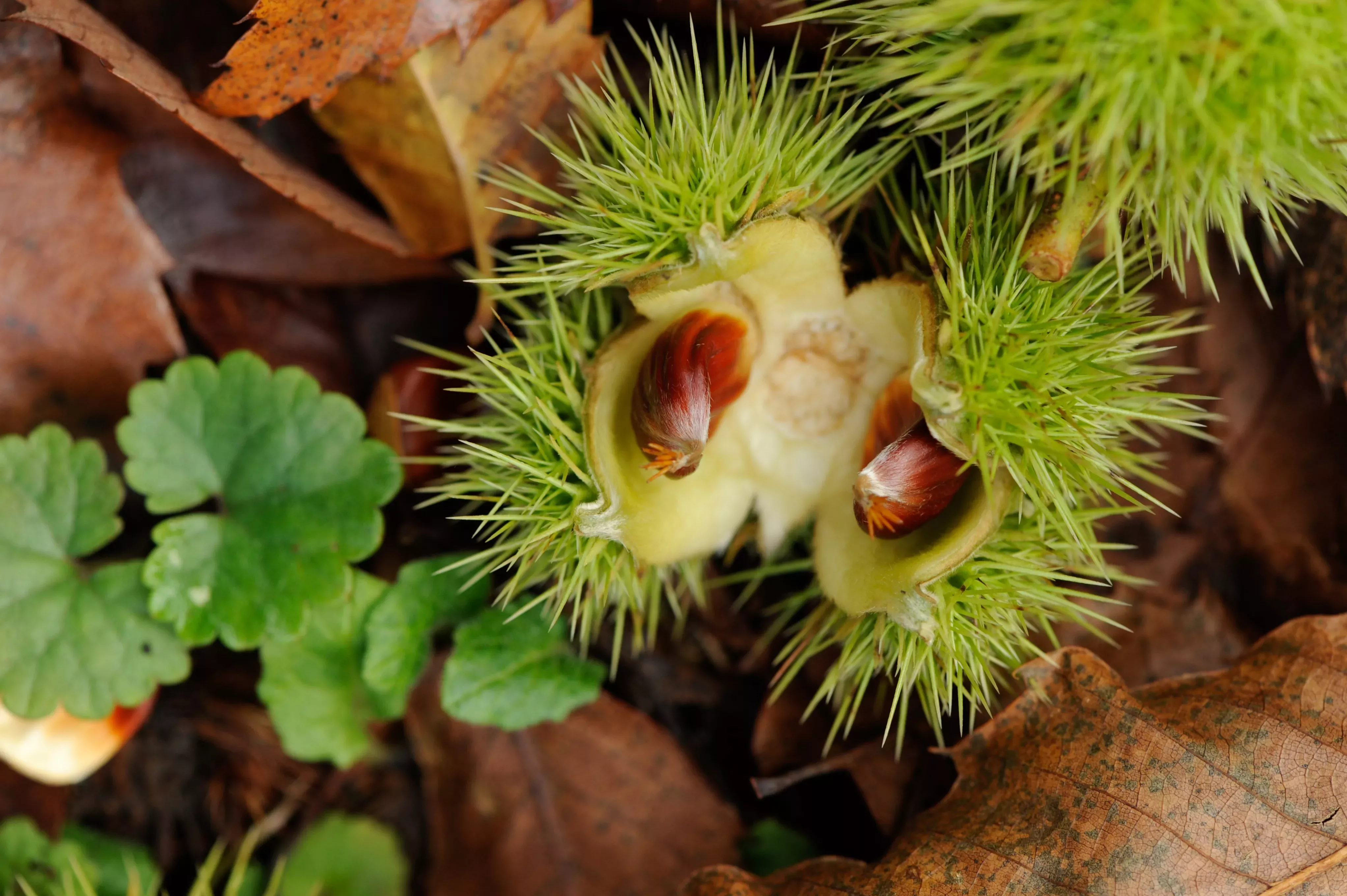
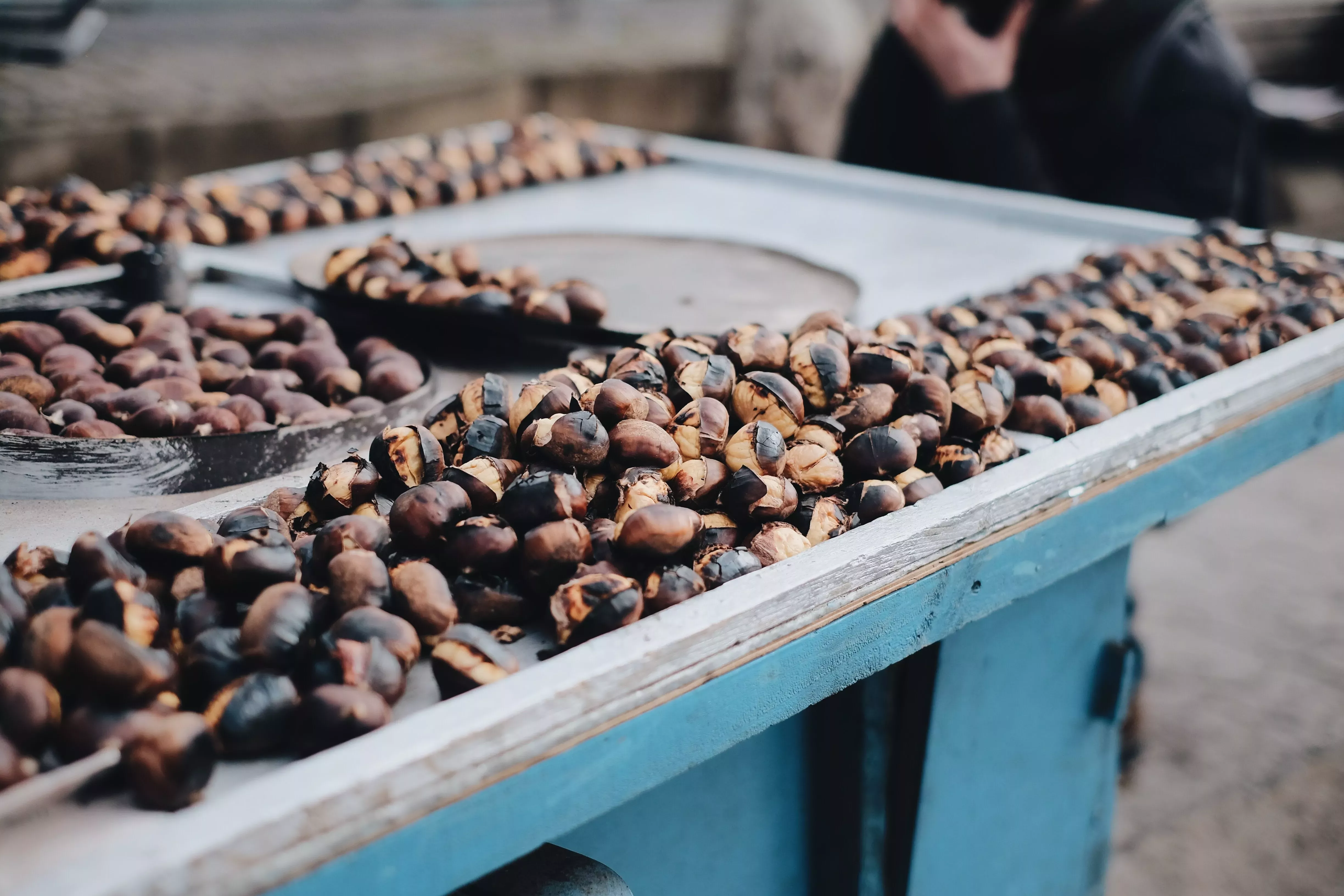
Find out more about how plants help us celebrate, fun facts about festive plants like mistletoe and Christmas plants like holly and ivy.



